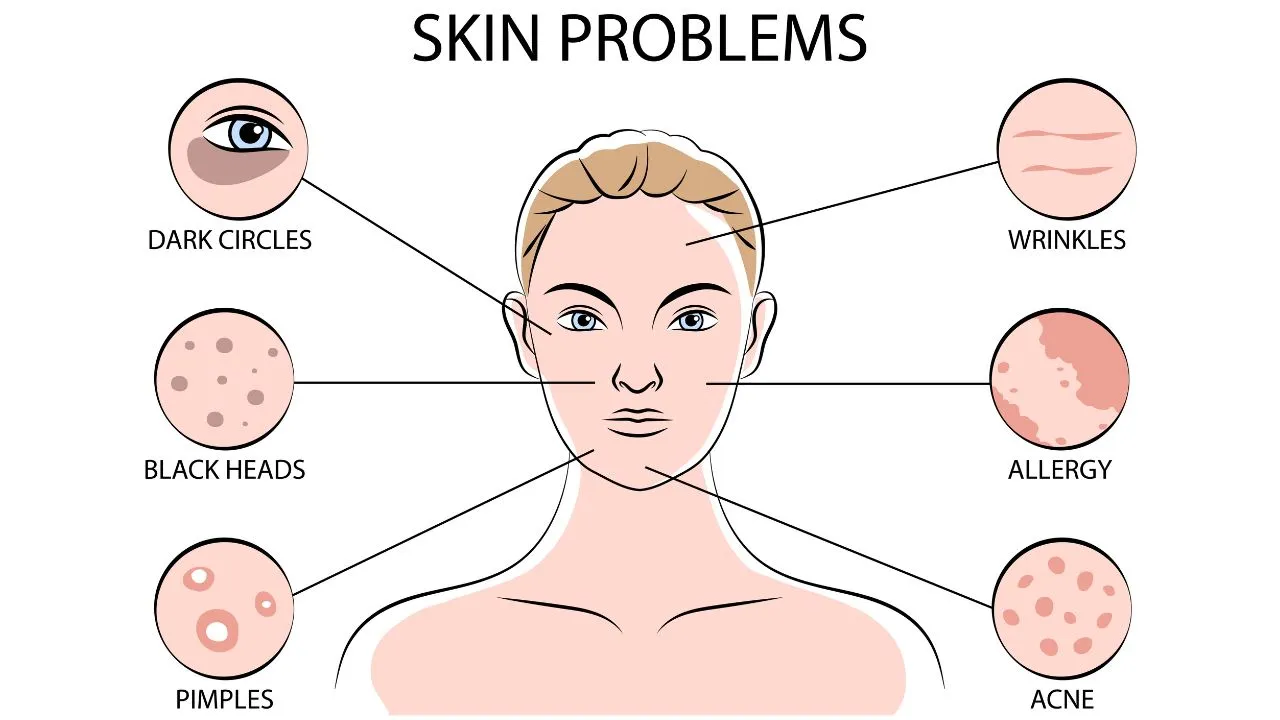Find a qualified dermatologist for skin care treatment tailored to your needs.
Find a qualified dermatologist for skin care treatment tailored to your needs.
Blog Article
Navigating Skin Cancer Therapy: The Crucial Function of Mohs in Modern Dermatology Practices
Skin cancer, a daunting medical diagnosis, typically leaves individuals grappling with many therapy choices. As we discover the ins and outs of this treatment, one will certainly appreciate its pivotal role in skin cancer cells treatment.
Recognizing Skin Cancer: Kinds and Risks
Skin cancer, a possibly deadly condition, is much much more widespread than numerous people recognize. This disease, created by the unchecked development of unusual skin cells, mainly arises from DNA damage as a result of exposure to the sun and ultraviolet (UV) light. There are three main kinds of skin cancer cells: Basic cell cancer, Squamous cell cancer, and Melanoma. While the previous 2 are less deadly and compose most of detected situations, melanoma is the most harmful. It makes up just about 1% of skin cancer instances however causes the huge bulk of skin cancer deaths - skin cancer. Danger factors consist of reasonable skin, background of sunburn, excessive sunlight exposure, living at high elevations or near the equator, having lots of moles, a family background of skin cancer, and deteriorated body immune system.
What Is Mohs Surgical treatment and Exactly How It's Reinventing Skin Cancer Cells Treatment
Regardless of the various therapies presently available for skin cancer cells, Mohs surgery attracts attention as a groundbreaking and very reliable service. Called after Frederic E. Mohs, the doctor that established the procedure, Mohs surgical procedure is an exact surgical strategy made use of to deal with skin cancer. During the procedure, thin layers of cancer-containing skin are progressively eliminated and taken a look at until just cancer-free tissue stays. This method permits the surgeon to verify that all cancer cells have been eliminated at the time of surgical treatment. This level of precision, incorporated with the capability to spare as much healthy cells as possible, is changing skin cancer cells treatment. Therefore, Mohs surgical treatment has actually become a cornerstone of contemporary dermatology techniques.
The Benefits of Mohs Surgical Procedure Over Standard Skin Cancer Cells Treatments
Building on the ingenious nature of Mohs surgical procedure, it's vital to consider its countless advantages over typical skin cancer treatments. Unlike basic treatments, Mohs uses a greater treatment price, typically getting to 99% for new therapies and 94% for recurrent cancers. Furthermore, it lessens damage to healthy skin, leading to less scarring and boosted aesthetic end results.
The Treatment of Mohs Surgery: What to Anticipate During the Refine

Possible Side Effects and Post-Operative Treatment of Mohs Surgical Treatment
Undergoing Mohs surgery, like any type of other operation, includes prospective side impacts that people ought to be mindful of. Common adverse effects include pain, wounding, and swelling at the surgical procedure site. These are generally short-term and convenient with over the counter discomfort medicine and ice packs. In unusual situations, patients might experience infection, bleeding, or a sensitive response to the anesthetic. Post-operative care is vital to recovery and minimizing negative effects. This commonly entails maintaining the wound clean and dry, taking prescribed drugs, and preventing strenuous activities. Clients must also participate in all follow-up visits for injury care and surveillance. In many cases, extra treatments might be necessary to guarantee complete removal of the cancerous cells. Following these post-operative care guidelines can significantly enhance recuperation and outcomes.
Final thought

Report this page